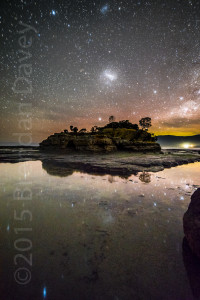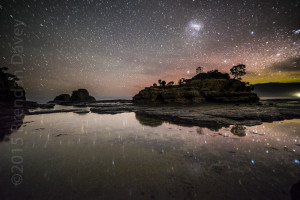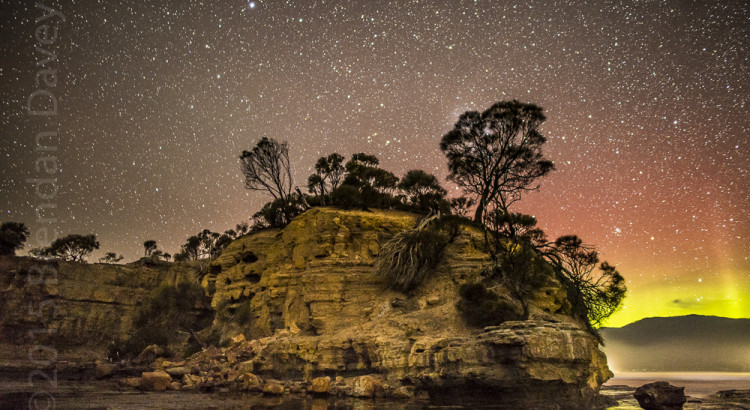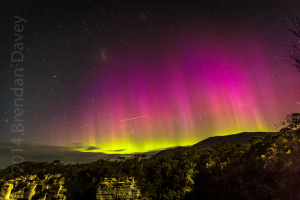The other night I was out shooting an Aurora with a friend of mine, and we were discussing what can make or break a shot. What is it about some scenes that make a photograph popular?
To be honest the Aurora Australis is not all that hard to shoot, you join a Facebook page, find out when the actions happening and the weather is clear, then go out and setup your camera pointing south with the settings everyone is willing to freely give you. The result? Well we have all seen them, the countless shots from decks and backyards.
 So, what am I waffling on about? Imagination, creativity, beauty and effort. Yes, effort. A good shot does not happen when you drive into a carpark and proceed to setup your camera next to your car. A good shot takes research, framing and most importantly good subject matter. A good Aurora is not good enough by itself (yes there are exceptions to the rule), a good shot draws you in on many layers, first it may be the Aurora, but then your eyes start to wander as you look at the other subject matter and composition.
So, what am I waffling on about? Imagination, creativity, beauty and effort. Yes, effort. A good shot does not happen when you drive into a carpark and proceed to setup your camera next to your car. A good shot takes research, framing and most importantly good subject matter. A good Aurora is not good enough by itself (yes there are exceptions to the rule), a good shot draws you in on many layers, first it may be the Aurora, but then your eyes start to wander as you look at the other subject matter and composition.
It’s very important to make sure your shot is level, and you use the proven framing techniques, and that the rest of the shot enhances the main subject matter, in the case of an Aurora maybe it’s reflections on water, interesting foreground subject matter or some lovely rolling hills. Also, try to avoid to much subject matter drawing your else away from the central theme, or bad subject matter.
Anyone can shoot a car, anyone can even shoot a nice expensive and exotic car, but it’s never going to look nice unless you place the car in surroundings that enhance the feat ures of the car, and of course, shot in a way that enhances the cars features.
ures of the car, and of course, shot in a way that enhances the cars features.
In the days before digital cameras you knew you only had one, maybe two rolls of film for a shoot, consequently much more time was spent on planning and setting up shots. Today there seems to be this idea that quantity is going to make up for quality. Sometimes I may only shoot 6 pictures, and at most I generally never go over 50.
The best shots are always the ones that have been researched, pondered upon, then with the subject matter framed correctly.
Could you go out and ONLY take 24 different shots?


